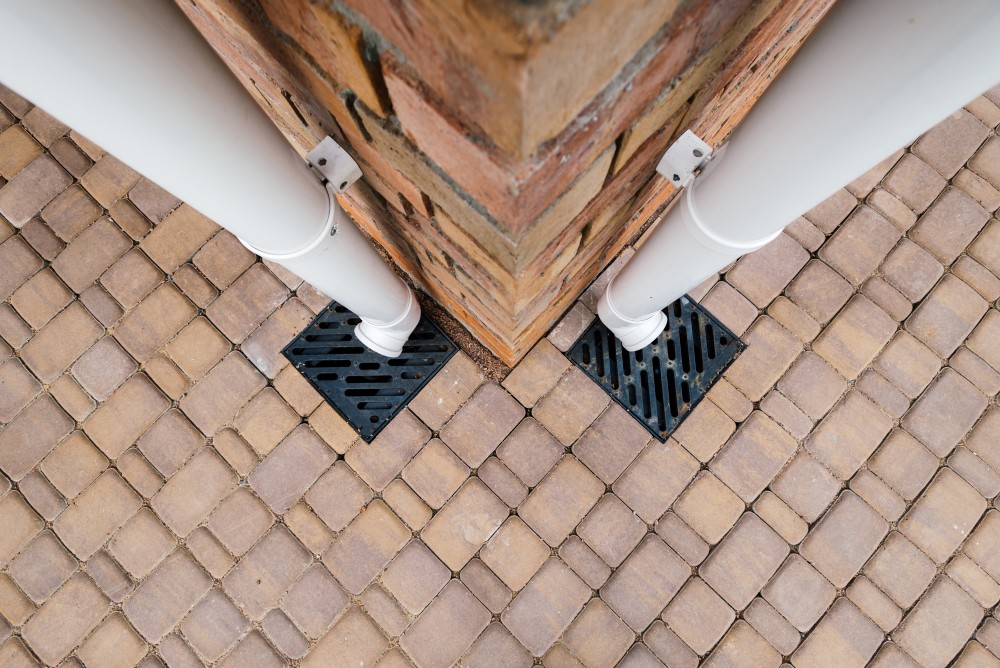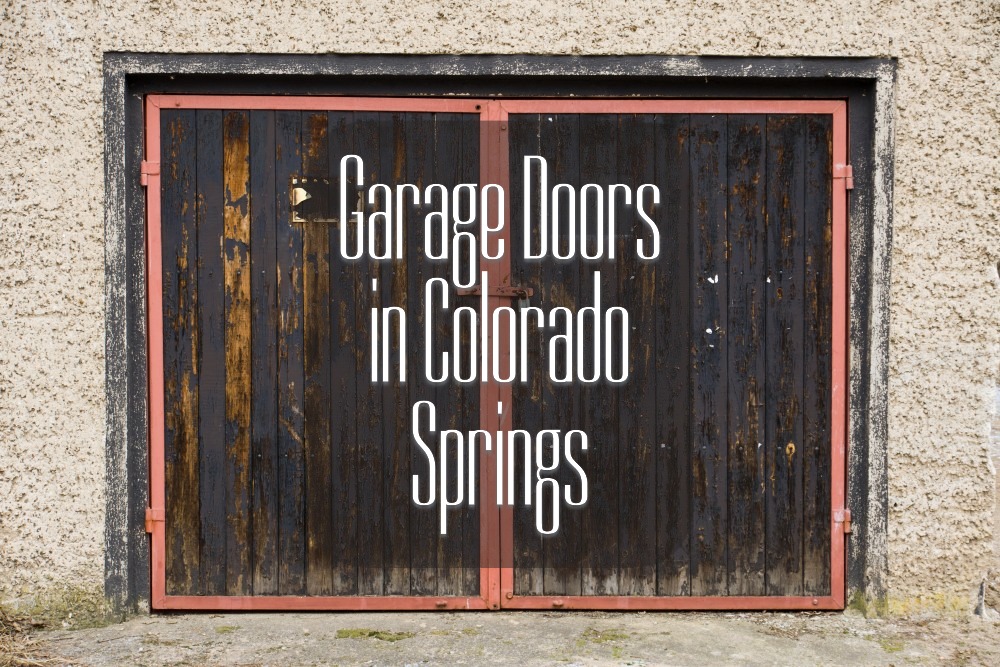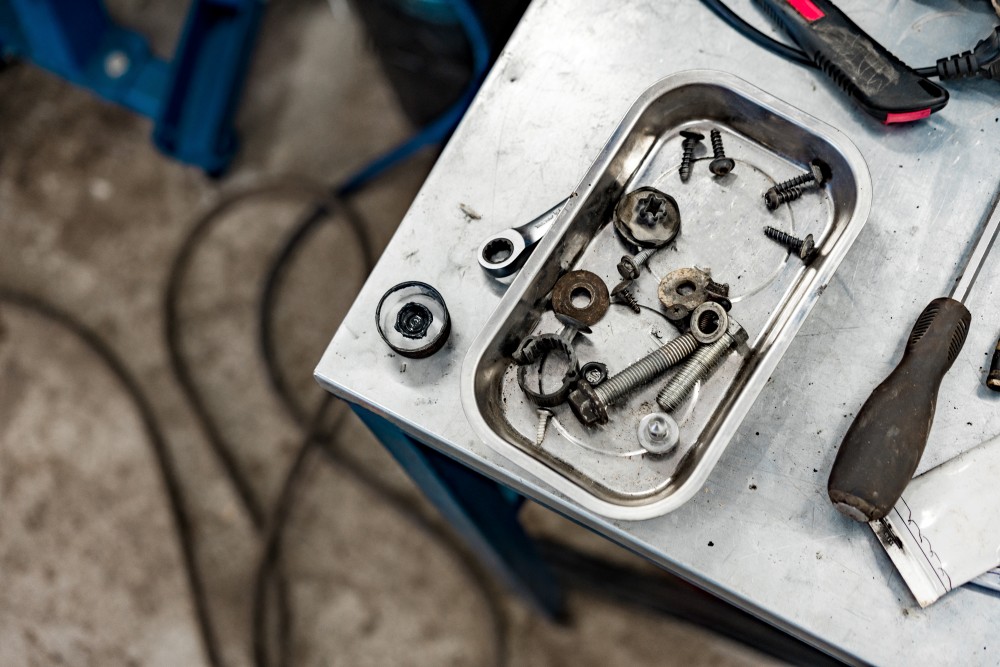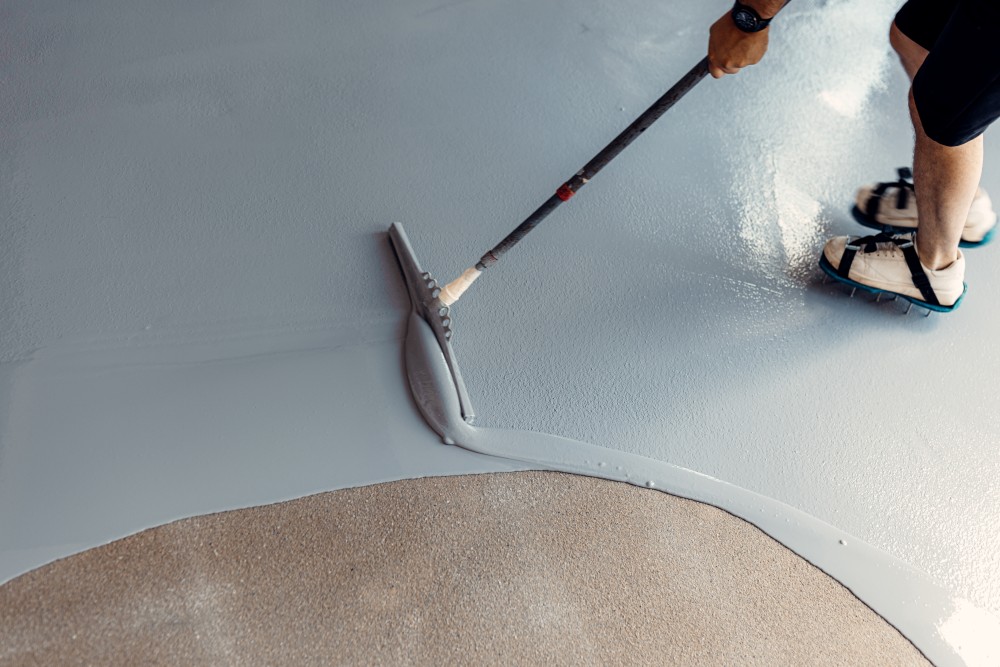Three seasons. That’s how long Jessica Thornton’s garage door lasted before the Colorado Springs weather won. “I bought what the big-box store recommended,” she told me, standing in her driveway in Briargate as a technician loaded her mangled door onto a truck. “Eighteen months of hail, wind, and those insane temperature swings just destroyed it. The panels warped, the seals cracked, and last week during that windstorm, it just… gave up.”
She’s not alone. In fact, garage door replacement rates in Colorado Springs run 23% higher than the national average, and the culprit isn’t poor installation—it’s a weather system that seems personally offended by the concept of garage doors.
The Weather Gauntlet Your Garage Door Faces Daily
Let’s talk about what “Colorado Springs weather” actually means for a slab of metal, springs, and rubber seals hanging in your garage opening.
We’re sitting at 6,035 feet, where the sun hits 40% harder than at sea level. That relentless UV bombardment breaks down paint, warps seals, and fades panels faster than you can say “mountain living.” Then there’s our temperature personality disorder: 65°F at lunch, 18°F by dinner. According to the National Weather Service, Colorado Springs experiences temperature swings of 30+ degrees in a single day an average of 47 times per year.
Metal expands in heat. Metal contracts in cold. Dance 47 times a year at that, and even good stuff begins to scream. Normal garage door springs lose about 10 percent of their tension with every 1,000 feet above sea level, which means that your door is already overtime before weather has even become a factor.
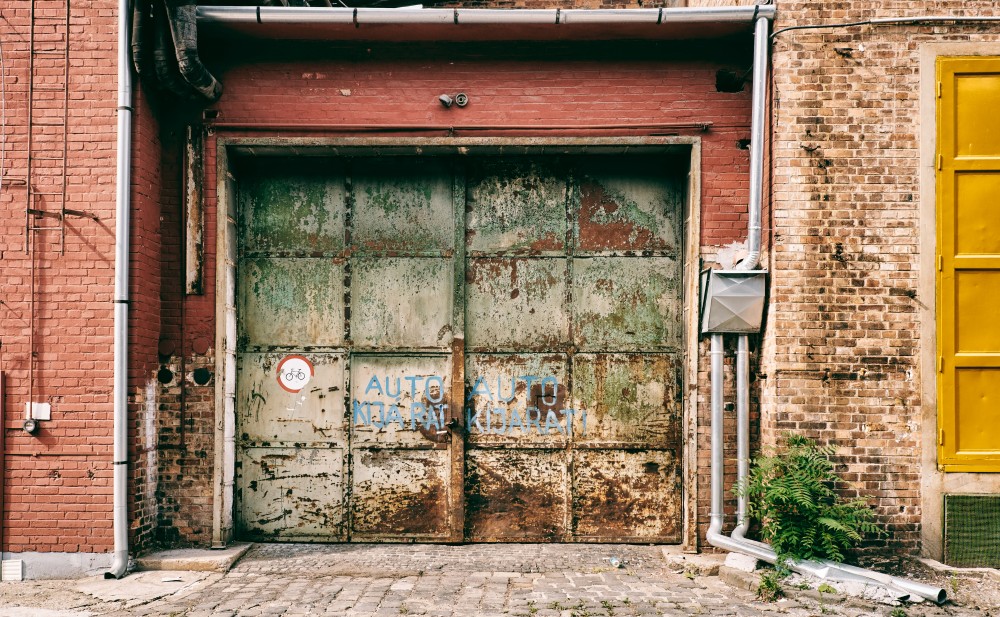
Mike Sanderson runs Peak Door Repair and has seen the carnage firsthand. “I pulled a door last month that was only four years old—completely shot. The homeowner bought cheap because ‘it’s just a garage door.’ In Kansas City? Sure, that door might last ten years. Here? The weather ate it alive.”
The wind deserves its own paragraph. We average 9 mph sustained winds, but those are the gentle days. During our notorious spring windstorms, gusts regularly clock 50-70 mph. The May 2024 windstorm recorded gusts at 78 mph near the Air Force Academy, and I personally know seven homeowners whose garage doors buckled inward like aluminum foil.
Size Matters When You’re Building a Weather Fortress
Dimensions are important when you are basically putting up a large sail on the front of your house. The normal size of garage doors is 9×7 feet on single doors and 16×7 feet on double doors but this is where Colorado Springs has to think outside of the box.
The 16×8 garage door has become the unofficial standard for newer construction, and that extra foot of standard garage door height isn’t about aesthetics—it’s about functionality. We drive bigger vehicles here (trucks, SUVs with roof racks loaded with ski equipment), and that taller opening reduces stress on the door itself. Less contact means less wear during our freeze-thaw cycles.
But here’s the real consideration with garage door widths: wind load calculation. A 16-foot-wide door has significantly more surface area catching those 70 mph gusts than a 9-foot door. That’s why wind-rated doors aren’t optional luxury items in Colorado Springs—they’re survival equipment.
“I had a builder try to save money by installing standard residential doors on three homes in Skyway,” recalled contractor David Park, who’s worked the Colorado Springs market for sixteen years. “Two of those doors failed within eight months. The wind literally bent the tracks. Cost him $6,000 to fix what he ‘saved’ $900 on.”
The Linear Garage Door Opener Advantage
Most of America can use any garage door opener and call it good. Colorado Springs residents don’t have that luxury.
A linear garage door opener uses a trolley that runs directly along a rail with a direct-drive mechanism. Unlike chain or belt drives where the motor pulls a chain that moves the door, linear openers create consistent force that doesn’t slip or bind—critical when your door is fighting 50 mph crosswinds or trying to break free from ice buildup at 6 AM on a February morning.

Janet Rodriguez installed one after her third belt-drive opener failed during a winter storm. “The technician explained that belt drives can slip when ice forms on the tracks or when wind pressure builds up against the door mid-operation. The linear system just powers through. I’ve had zero issues through two winters now, including that nightmare week last January when we hit -15°F.”
The price difference? About $150-200 more than a mid-grade belt drive. The peace of mind when you’re not stuck in your garage or locked out in subzero temperatures? Priceless.
The Insulation Weapon in Your Arsenal
In the battle against Colorado Springs weather, insulation is your door’s body armor. An R-16 insulated garage door can reduce heat loss by up to 71% compared to uninsulated doors—but it also does something most homeowners don’t consider: it stabilizes the door structure itself.
Robert Chen learned this the expensive way. His uninsulated steel door would bow inward during extreme cold, creating gaps that let in moisture. “Every spring thaw, I’d find ice buildup along the bottom seal. Three years of that cycle, and the whole bottom panel rusted through. Replaced it with an insulated door, and that problem vanished completely.”
The temperature stability matters for your springs and cables too. Components mounted in a 50-degree insulated garage last significantly longer than those in an uninsulated space that mirrors outdoor temperatures.
FAQs
Q: How often do garage doors actually fail in Colorado Springs? A: Industry data shows the average garage door here needs major repairs or replacement around year 8-10, compared to 15-18 years nationally. Weather is the primary accelerator.
Q: Is wind rating really that important? A: Absolutely. Doors should be rated for minimum 40 mph sustained winds, 60+ mph if you’re west of I-25 or in elevated areas. Unrated doors will eventually buckle.
Q: What’s the single biggest weather-related failure point? A: Seals. The rubber weatherstripping degrades rapidly under UV exposure and temperature cycling. Replace them every 2-3 years, not when you see light under the door.
Q: Should I avoid certain door materials entirely? A: Cheap aluminum and uninsulated steel are disasters waiting to happen. Steel with polyurethane insulation or fiberglass composite materials perform best in our climate.
The Uncomfortable Truth
Colorado Springs weather doesn’t compromise. It doesn’t negotiate. That door hanging in your garage opening is engaged in a daily battle against sun, wind, hail, temperature extremes, and altitude effects that would make meteorologists wince.
Jessica Thornton’s replacement door cost $3,200—double what she paid for the original. But this time she bought a wind-rated, R-16 insulated model with reinforced panels and a linear garage door opener. “My neighbor said I overpaid. Then last month’s hailstorm put fifteen dents in his door while mine didn’t have a scratch. Who overpaid?”
It is not about knowledge of being a perfectionist to know the standard sizes of garage doors, proper openers and weather rating. It is all about realizing that the garage door of your house is losing a battle in Colorado Springs unless you can offer it the armor to win.






